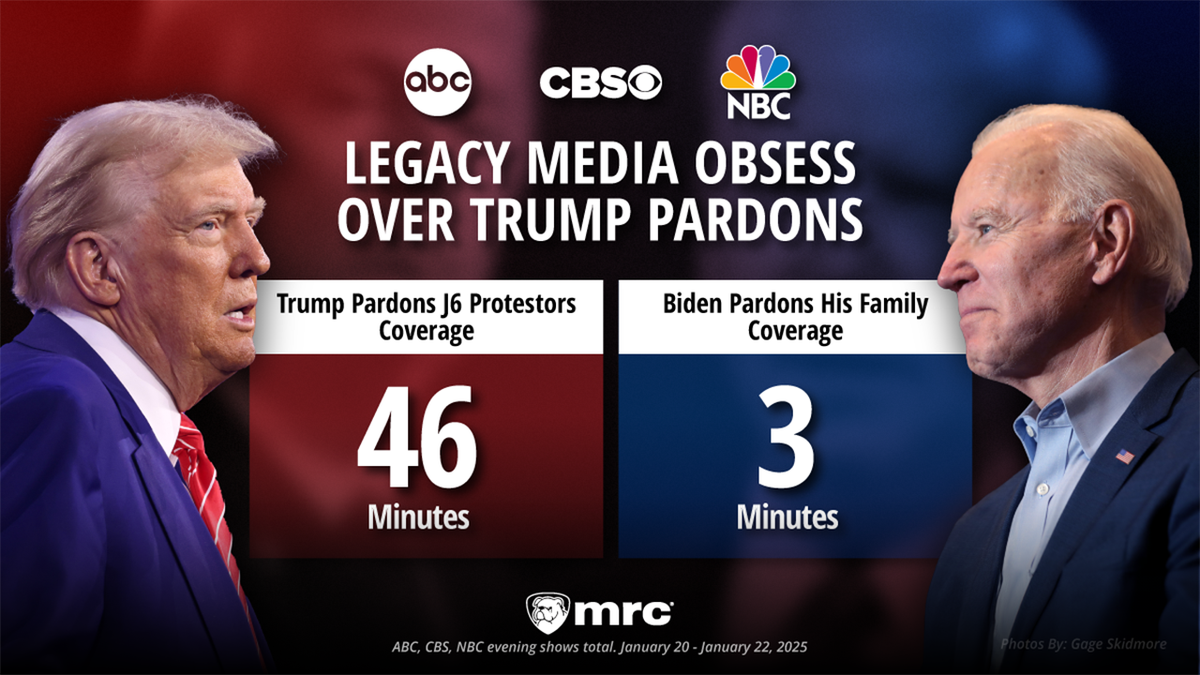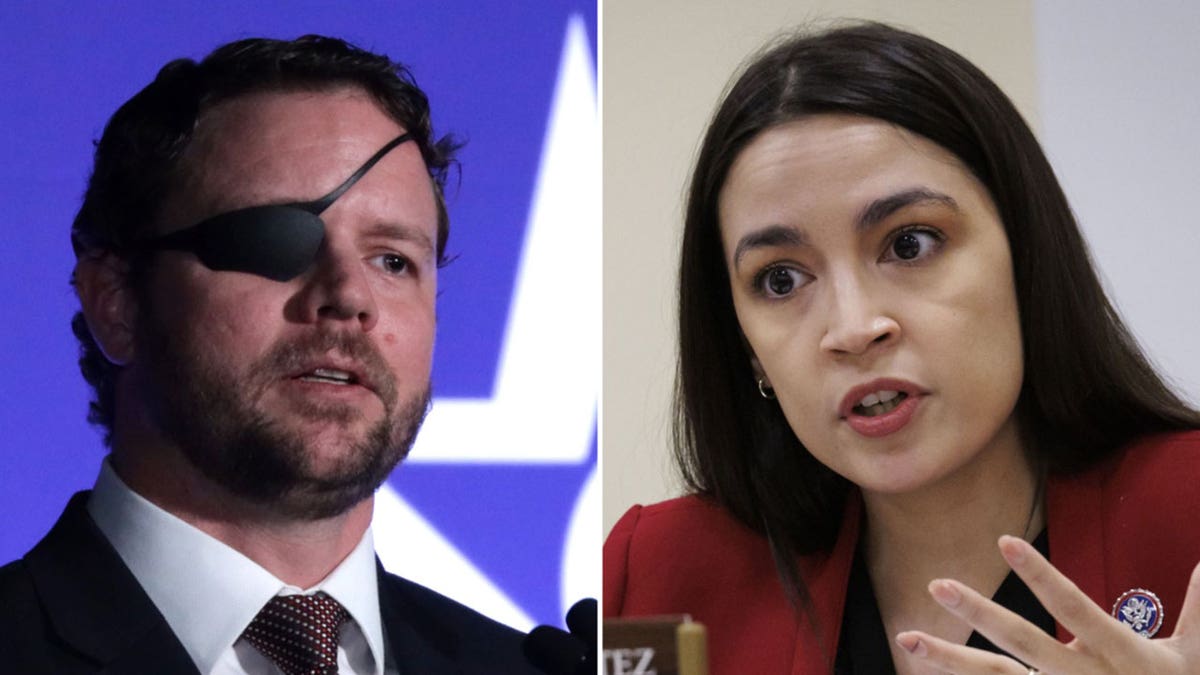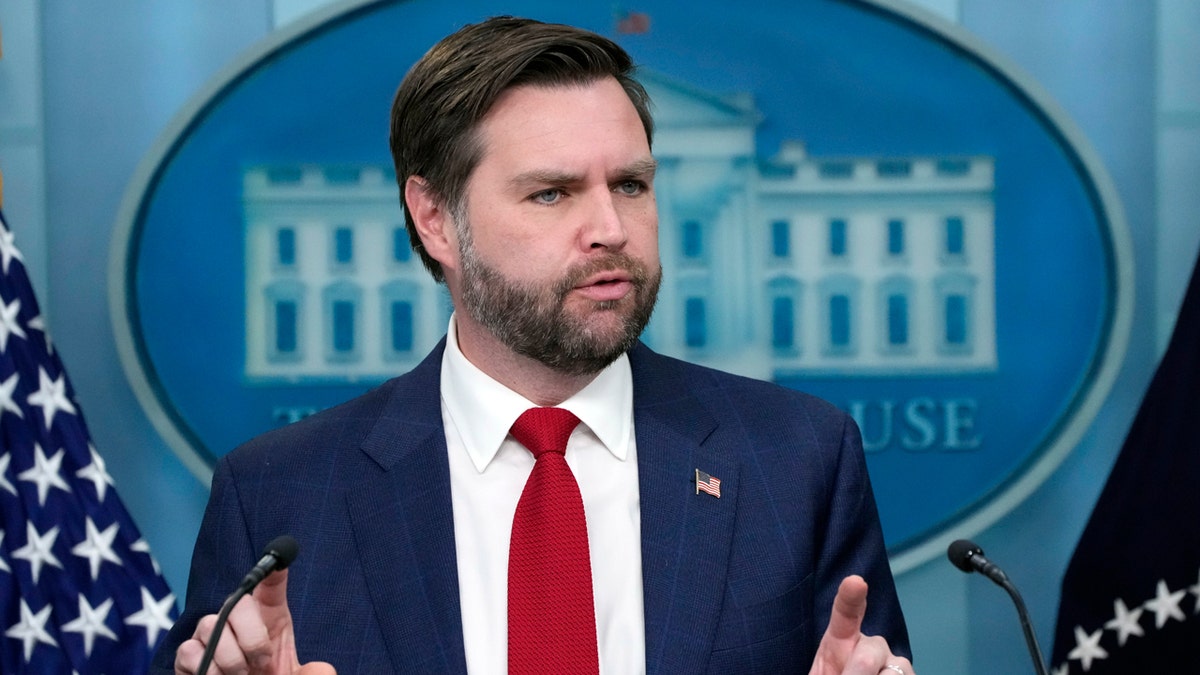Former President Trump initiated a process to establish reciprocal tariffs on goods from various countries, aiming to match the duties those nations impose on American products. This approach, referred to as "customized reciprocal tariffs," intends to address trade imbalances on a country-by-country basis. The administration's goal is to counteract what it perceives as unfair trade practices by other nations.
While tariffs were already in place for China, and previously paused for Canada and Mexico, this new initiative signals a broader application of tariffs to a wider range of trading partners. The administration intends to analyze each country's trade relationship with the US and tailor the tariffs accordingly. This differs from a blanket tariff approach and allows for more targeted measures.

Former President Trump in the Oval Office signing the reciprocal tariff memo.
Five key factors will be considered when determining these reciprocal tariffs: existing tariffs on US goods; unfair or discriminatory taxes imposed by trading partners (including Value Added Tax); costs incurred by US businesses, workers, and consumers due to foreign subsidies and regulations; exchange rates; and any other practices deemed unfair trade limitations by the United States Trade Representative (USTR).
The Commerce Secretary and USTR, in consultation with the Treasury and Homeland Security secretaries, will play crucial roles in this process. While the administration emphasized the individualized nature of this approach, it didn't dismiss the possibility of implementing a broader, global tariff in the future, particularly concerning the national trade deficit.

Trade Representative Jamison Greer addressing the press after the signing.
The administration aimed for a swift implementation of these tariffs, potentially starting with countries exhibiting the largest trade deficits with the US. Initial studies were expected to be finalized by April 1, 2025, allowing for potential implementation shortly thereafter, subject to the former President’s decision. Developing economies, such as India, Brazil, and Southeast Asian nations, could be significantly impacted by these reciprocal tariffs.
While the intention was to use these tariffs as a basis for trade negotiations, many questions remained regarding their long-term impact and effectiveness. The administration expressed hope that this initiative would encourage dialogue between nations, with the former President indicating a willingness to reduce tariffs if reciprocated by other countries.








